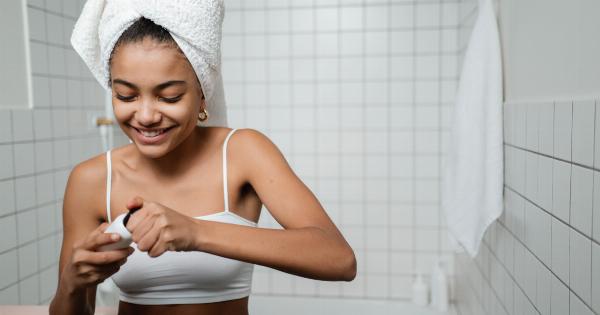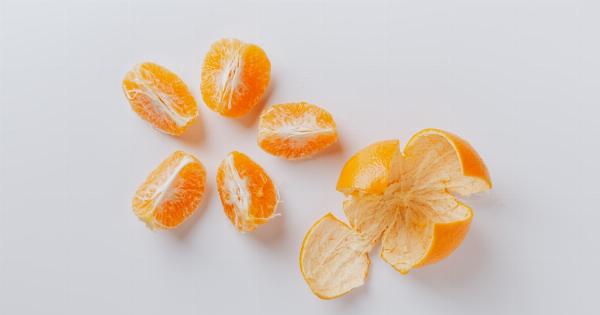We all know that getting enough sleep is imperative for healthy and youthful-looking skin, but did you know that what you sleep on can also have an impact on your skin? Your pillowcase can harbor bacteria, dirt, and oil that can cause breakouts, clogged pores, and even wrinkles. That’s why swapping out your pillowcase for better skin is a simple and effective way to improve your skin’s health.
The Importance of Clean Pillowcases
Your pillowcase can quickly become a breeding ground for bacteria, dust, and other unwanted debris.
Think about it – you spend several hours every night with your face pressed against it, sweating, shedding dead skin cells, and leaving behind oils from your hair and skin. If you don’t regularly wash your pillowcase, all of these impurities can accumulate and transfer back onto your skin each night.
These impurities can clog your pores, leading to acne breakouts. They can also contribute to premature aging by initiating oxidative stress and inflammation, which can damage collagen and elastin fibers, leading to wrinkles and sagging skin.
How Often Should You Wash Your Pillowcase?
The frequency at which you should wash your pillowcase depends on several factors, such as your skin type, hair type, and personal hygiene habits. As a general rule of thumb, you should aim to wash your pillowcase at least once a week.
However, if you have oily skin or hair or are prone to breakouts, you may need to wash your pillowcase more frequently, perhaps every other day.
If you use skincare products at night, such as serums or oils, you may want to wash your pillowcase more often as well, to avoid residue buildup.
Choosing the Right Pillowcase Material
In addition to washing your pillowcase regularly, choosing the right material can also make a difference in your skin’s health. Here are some options:.
Silk Pillowcases
Silk pillowcases are a popular choice for people looking to improve their skin health. In addition to feeling luxurious against your skin, silk has several properties that can benefit your skin.
Silk is hypoallergenic, meaning it won’t irritate sensitive skin. It’s also a natural temperature regulator, which can help prevent overheating and sweating at night, and it doesn’t absorb moisture from your skin or hair, which can help prevent dryness and breakage.
Satin Pillowcases
Satin pillowcases are another option for those wanting to improve their skin health. Satin is a synthetic fabric made from polyester, nylon, or rayon fibers that closely resemble the softness and slippery texture of silk.
Satin pillowcases can help prevent hair breakage and tangling, reduce friction against your skin, and help your skin retain moisture.
Cotton Pillowcases
Cotton pillowcases are the most common type of pillowcase available. While they’re a good option for absorbing sweat and oil, they’re not as smooth as silk or satin, which can create friction against your skin.
However, cotton can be a good option for those who prefer a more natural, breathable fabric.
Other Tips for Better Skin While You Sleep
Swapping out your pillowcase is just one way to improve your skin’s health while you sleep. Here are some other tips:.
Use a Humidifier
Using a humidifier in your bedroom can help maintain your skin’s hydration levels while you sleep. Dry air can suck moisture out of your skin, leaving it feeling dull and dehydrated.
A humidifier can add moisture back into the air, preventing your skin from drying out.
Avoid Sleeping in Makeup
Sleeping in makeup can clog your pores and prevent your skin from breathing at night. This can lead to breakouts and dull-looking skin. Be sure to thoroughly remove your makeup before bed, either with a cleansing balm or oil or a gentle makeup remover.
Try Sleeping on Your Back
If you’re a stomach or side sleeper, try making the switch to sleeping on your back. Sleeping with your face pressed against your pillow can cause creases and wrinkles over time.
By sleeping on your back, you can help prevent these signs of aging from forming.
Use a Pillowcase Spray
If you’re looking for an extra boost of skin-loving goodness, try using a pillowcase spray before bed.
Pillowcase sprays are typically made with calming essential oils, such as lavender or chamomile, that can promote relaxation and help you sleep better. Some pillowcase sprays also contain skin-loving ingredients, such as hyaluronic acid or vitamin C, which can provide additional hydration and brightening benefits.
Conclusion
Swapping out your pillowcase for better skin is a simple and effective way to improve your skin’s health.
By washing your pillowcase regularly and choosing the right material, you can help prevent acne breakouts, premature aging, and other skin concerns. Combine this with other skin-loving sleep habits, such as using a humidifier, avoiding sleeping in makeup, and sleeping on your back, and you’ll be well on your way to waking up with glowing, youthful-looking skin.































